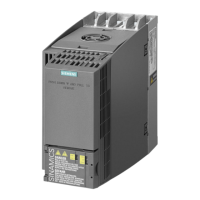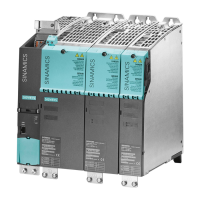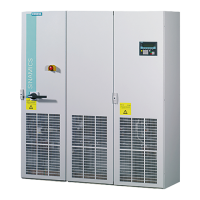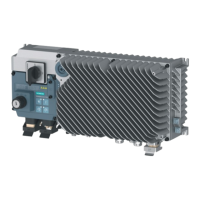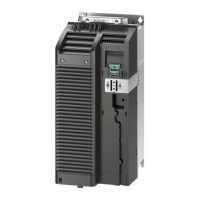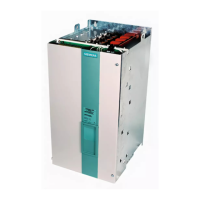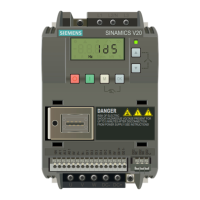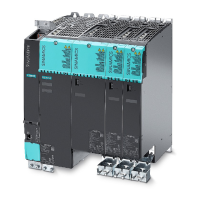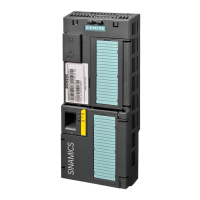Communication via PROFIBUS
General information about PROFIBUS
4-77
E Siemens AG, 2004. All rights reserved
SINAMICS S120 Installation and Start-Up Manual, 12/04 Edition
Master and slave
S Master and slave properties
Table 4-1 Master and slave properties
Properties
Master Slave
Bus node Active Passive
Send messages Permitted without external
request
Only possible on request by
master
Receive messages Possible with no restrictions Only receive and
acknowledge permitted
S Master
Masters are categorized into the following classes:
– Master class 1 (DPMC1):
Central automation stations that exchange data with the slaves in cyclic and
acyclic mode. Communication between the masters is also possible.
Examples: SIMATIC S5, SIMATIC S7
– Master class 2 (DPMC2):
Devices for configuration, commissioning, operator control and monitoring
during bus operation. Devices that only exchange data with the slaves in
acyclic mode.
Examples: programming devices, human machine interfaces
S Slaves
As far as communication is concerned, slaves are passive devices that only act
in response to a direct query. Slaves can only acknowledge received messages
or transfer messages to a master at the request of the master.
Bus access method
PROFIBUS uses the token-passing method, i.e. the active stations (masters) are
arranged in a logical ring in which the authorization to send is received within a de-
fined time frame.
Within this time frame, the master with authorization to send can communicate with
other masters or handle communication with the assigned slaves in a master/slave
procedure.

